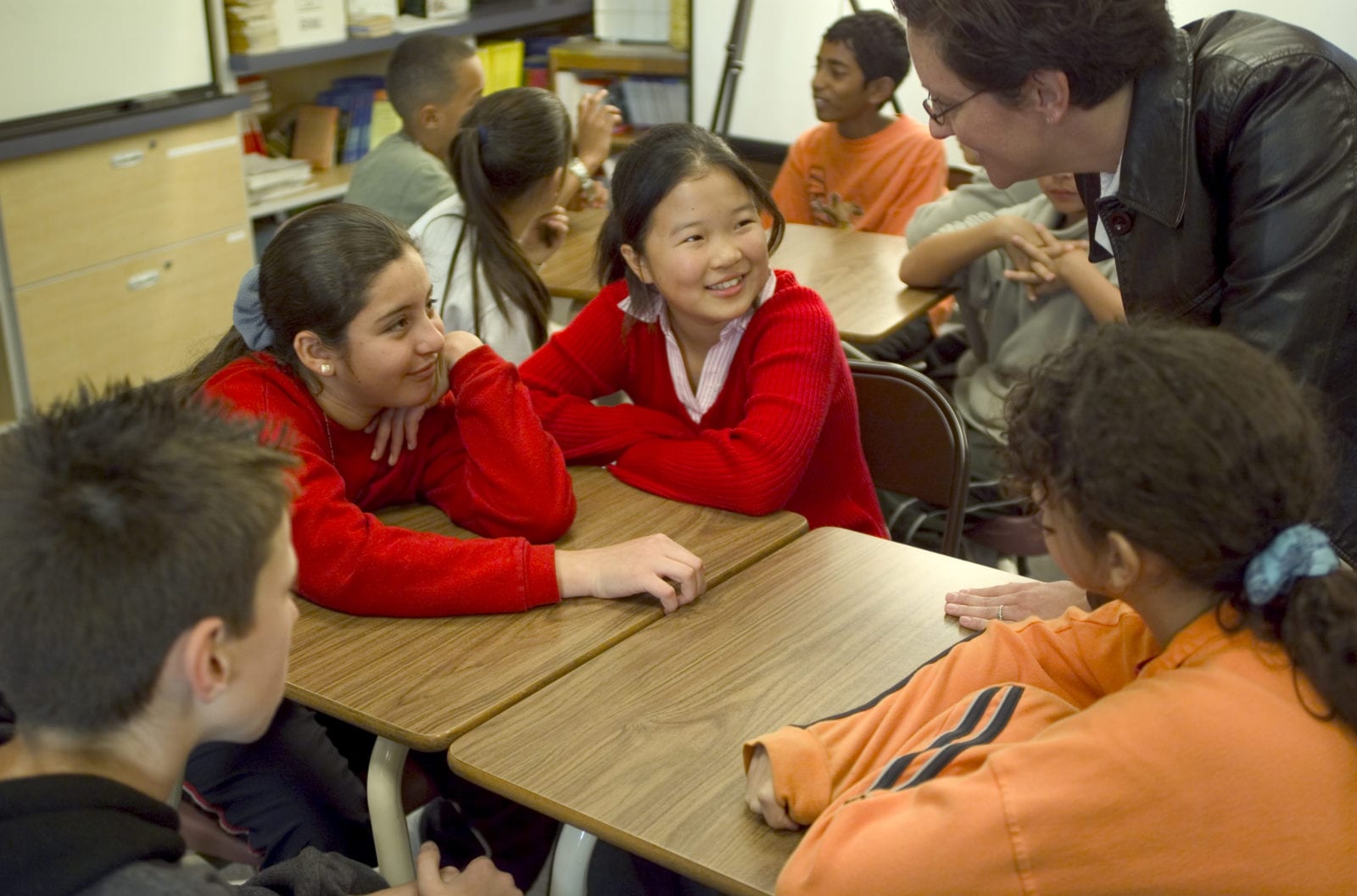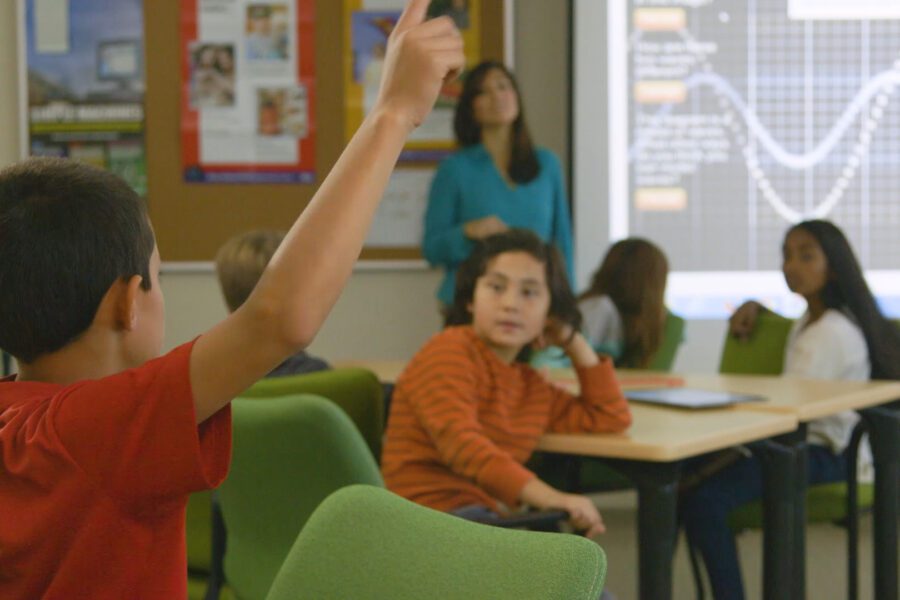
Asking for what you need is often the hardest part of being an adult. Along the course of your life, you must learn how to not only work hard for what you want but also ask for help or speak up for yourself. As a teacher, you can help promote this skill in the classroom by building community and encouraging engagement.
Here are some tips for initiating more student voice in the classroom.
1. Student surveys
Give students a chance to freely express what they want more or less of in the classroom — may be anonymous. A survey is a quick and easy way to gather information about how students felt about a particular class discussion, a project, or activity. Provide space for more notes at the end of the survey to gain more insight into the details of a decision they made in the survey. Choosing the anonymous survey route could help students feel more comfortable with expressing their true feelings about the topic and gives you the opportunity to take criticism without any skepticism.
2. Open class discussion
Depending on the class dynamic, this could be prompted by more or less structure. There are a few ways this could happen: breaking up into groups or opening the entire class to discuss ideas.
Breaking into groups could help students get to know each other more and feel more comfortable discussing amongst each other. By breaking them into unlikely groups, students have the opportunity to hear from students they wouldn’t normally share ideas with. Each group could make a unanimous decision or share how the discussion went by picking a leader.
Opening the entire class to discuss a topic could create more comradery among students and spark healthy debate. While more outgoing students may be the ones speaking the most, you make this setup more structured and prompted.
3. Start class with a ritual
Giving students a mark for starting class can help them focus on the day or your lesson. Each day could include something unique or the same question every day. The activity could be something creative that sparks a new perspective like squiggle birds by Game Storming which demonstrates the ways the brain will fill in the blank without much context. This could spark a discussion on how we make assumptions about others without first getting to know them. Morning discussions could be as simple as this and spark a perspective-shifting experience.
4. Find every opportunity for students to demonstrate and collaborate
According to a 2018 article by Forbes writer, Ben Plomion, everyone has some aspect of themselves that allows them to be creative. The idea that only some people hold the gauntlet of creativity is both non-inclusive but completely misleading. According to Plomion, there are two types of creativity: radical and incremental. Radical includes the Picassos of the world, where incremental involves people like Steve Jobs who build on existing concepts and make them better.
Offer both types of creative opportunities to your students to reach all of your students. They could even collaborate with each other for a group project aspect of the class.
5. Check-in
Throughout class or even the year, it could help to check in with students individually. While a survey does help to hear what students are thinking about a particular topic, it could be helpful to check in on them personally. If one-on-one is too much to take on, choose a light-hearted way to make sure every student is understanding the material before moving onto the next topic.
Virtual opportunities
Any of these options can happen in person or virtually. In the current classroom environment, people are learning from across time zones but still want to feel a sense of community. The best way to reach students and create a better learning environment is by offering avenues for them to express their voices in a comfortable space. The virtual classroom landscape is wider than teachers have ever imagined so collaboration and energized discussions don’t have to stop just because the school doors have closed.


